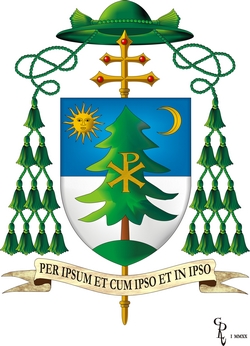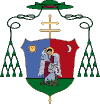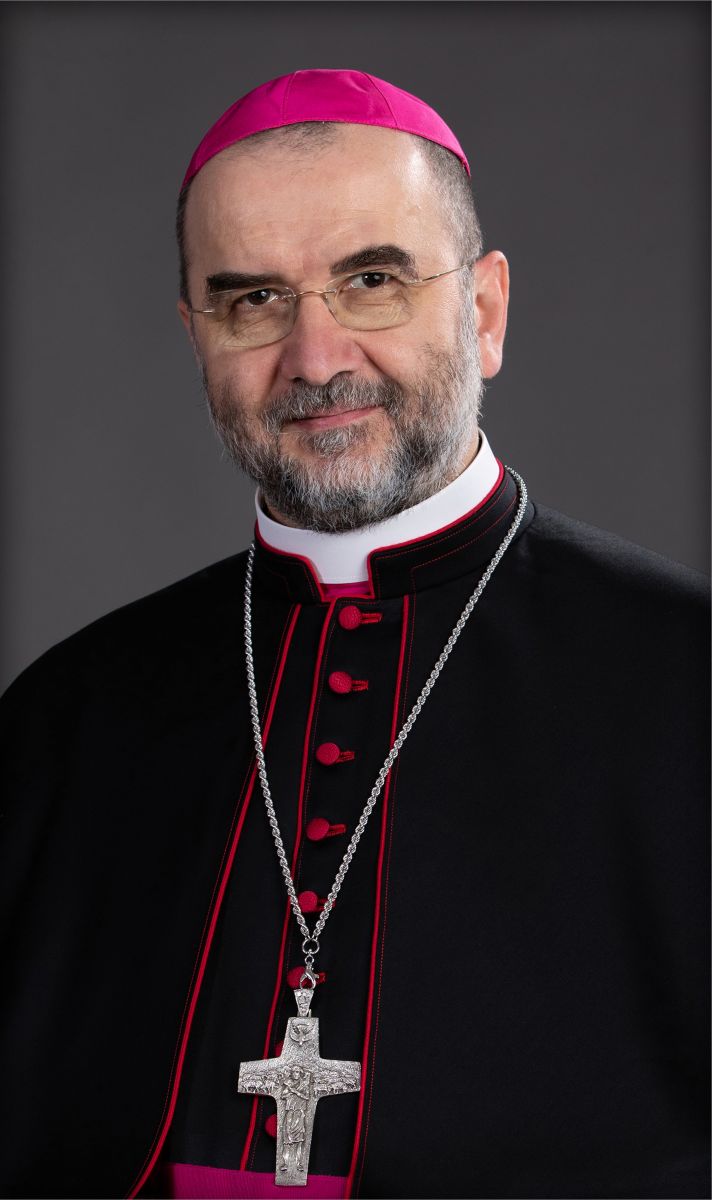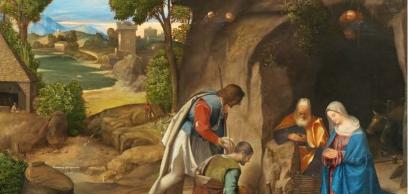His Excellency and Most Reverend
Dr. Gergely Kovács
Archbishop, Armenian Apostolic Governor
He was born on 21 July 1968 in Târgu Secuiesc. After attending high school in his hometown in 1986, he started his studies at the Faculty of Roman Catholic Theology in Alba Iulia. From 1990 he became a student of the Collegium Germanicum et Hungaricum in Rome and obtained Bachelor’s Degree in theology at the Pontifical Gregorian University in 1992. He was ordained as priest in 1993. He continued his studies at the Pontifical Lateran University, where in 1994 he obtained Master’s degree and in 1996 Doctoral degree. After finishing his studies, he was placed as curate to Târgu Mureș. In 1997 he started his activities at the Pontifical Council for Culture as the person responsible for German language region and Eastern Europe, and as the editor of the Culture e Fede publication (Cultures and Faith). In 2000 he was given the title of the Chaplain of His Holiness and from 2004 he became the Head of Office of the Pontificial Council for Culture.
He was the external personnel of the Dicastery for the Clergy, the Apostolic Tribunal of the Roman Rota, the Dicastery for the Doctrine of the Faith, besides he was the pastor of Hungarian-speaking believers in Florence and Tuscany and the postulator of the canonisation procedure of Bishop Áron Márton, Bishop János Hám and the martyr Mária Magdolna Bódi. Pope Francis appointed as the Archbishop of the Roman Catholic Archdiocese of Alba Iulia on 24 December 2019. He was ordained as bishop in Alba Iulia on 22 February 2020, on the Feast of the Chair of Saint Peter the Apostle.
His episcopal motto:
"Per ipsum, et cum ipso, et in ipso." i.e. „Through him, with him, in him.”

Explanation of His Excellency’s Coat of Arms:
The twenty attached tassels of the green hat (galero) and the two-barred cross (archiepiscopal cross) are indicators of the archiepiscopal coats of arms. The five red gems of the golden cross represent the scars of Jesus.
The pine tree remembers us both of His Excellency’s homeland and of the Coat of Arms of Bishop Áron Márton.
The Sun and the waxing moon bear double meaning. In the coat of arms of Transylvania, the Sun and the Moon represent Szekler people, in Christianity, the rising Sun symbolizes Jesus Christ and the Moon symbolizes the woman clothed with the sun (Revelation 12:1), i.e. our Heavenly Mother, Mary. As the Moon receives her light from the Sun, so Mary receives her light from her Son. The Christogram in the centre symbolizes Christ, whom the predominantly Catholic Szeklers carry in their hearts and on whom they rely completely.
The blue colour symbolises the detachment from earthly values and the ascent of the soul to God. The silver colour represents transparency (which means openness, communication and taking responsibility), truth and justice on which stands the daily devoted service of His Excellency.




